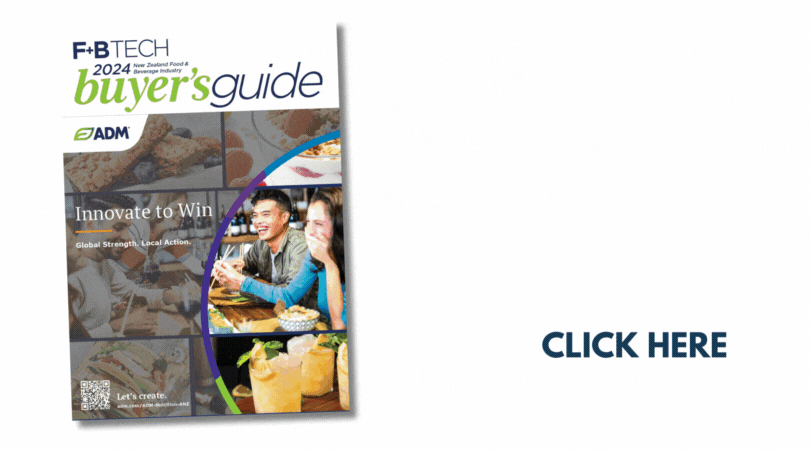With an estimated $1 billion worth of food being thrown to waste in Aotearoa each year, the New Zealand Food Waste Champions 12.3 is calling on the government to go harder on reducing food waste as part of its Transforming Recycling proposals, currently out for public consultation.
Transforming Recycling is seeking public feedback on three proposals that aim to transform how waste is viewed and managed for the future, including requiring businesses to separate their food waste over time. But will this really transform how New Zealanders’ see and treat surplus food and food waste in the first place, or merely how we dispose of food once it’s discarded?
The NZ Food Waste Champions 12.3 was established to progress Aotearoa towards the United Nations Sustainable Development Goal 12.3 to halve food waste globally by 2030. Chairperson Associate Professor Miranda Mirosa noted that while the Champions welcome the aims of the current consultation, it doesn’t go far enough when it comes to reducing food waste or having surplus in the first place.
“There’s no question that New Zealand needs reform to help reduce waste and emissions from waste, and importantly, to help change behaviour around what we as individuals and businesses do with our food and other resources, however, just asking businesses to separate their food waste, or signalling household green bins at some point in the future, isn’t enough.
“What good is separation if surplus food and waste isn’t reduced overall? What good is separation if surplus food isn’t getting to Kiwis who are living in poverty and need food for their families? What is the true impact this will have on how we use our resources, on emissions created from production, transport and diversion, on the time invested in growing and preparing food that ends in the bin, on the missed opportunity of feeding people in need and overall, of ensuring that avoidable food waste ceases to exist?”
Mandating food waste diversion for business is a big win towards the UN’s Sustainable Development Goal 12.3 to halve food waste by 2030. Separating food waste will help identify the problem - if you don’t measure it, you can’t manage it. However, Mirosa has pointed out that diversion mandates must be accompanied by reduction mandates, and that the food waste hierarchy has to better support secondary uses of surplus food like food rescue.
“At least 25 percent of food waste in landfill is from businesses. Moving food from a red bin to a green bin is a good start but it’s a bandaid, not a solution. It doesn’t influence upstream behaviour which is where we need to see true change.
“Individuals and businesses must no longer see the valuable resource of food as waste; mindsets need to be changed higher up the decision-making chain, not just when choosing which bin to use. It is no longer a question of if Kiwis need to focus on food waste to reduce our emissions and feed our people, but how we are supported to do so.”
The NZ Food Waste Champions makes three key recommendations to better enable New Zealand to reduce food waste:
- Support for businesses and organisations like food rescue to build capacity and capabilities, provide cost effective diversion options, accessible processing facilities or shared collection services for small businesses.
- Increased focus on reduction and avoidance of surplus food and waste first, in line with the food waste hierarchy.
- An emphasis on local solutions and local diversion in line with the food waste hierarchy that further reduces emissions and increases the lifecycle of food, such as local food rescue over a composter in a different region.
“Individuals and businesses alike need support in how to reduce, how to measure and how to manage their food waste in order for Aotearoa to be on the right path to seeing food as a valuable resource, and reducing waste overall,” concluded Mirosa.
The Transforming Recycling consultation closes on Sunday, 8 May.






